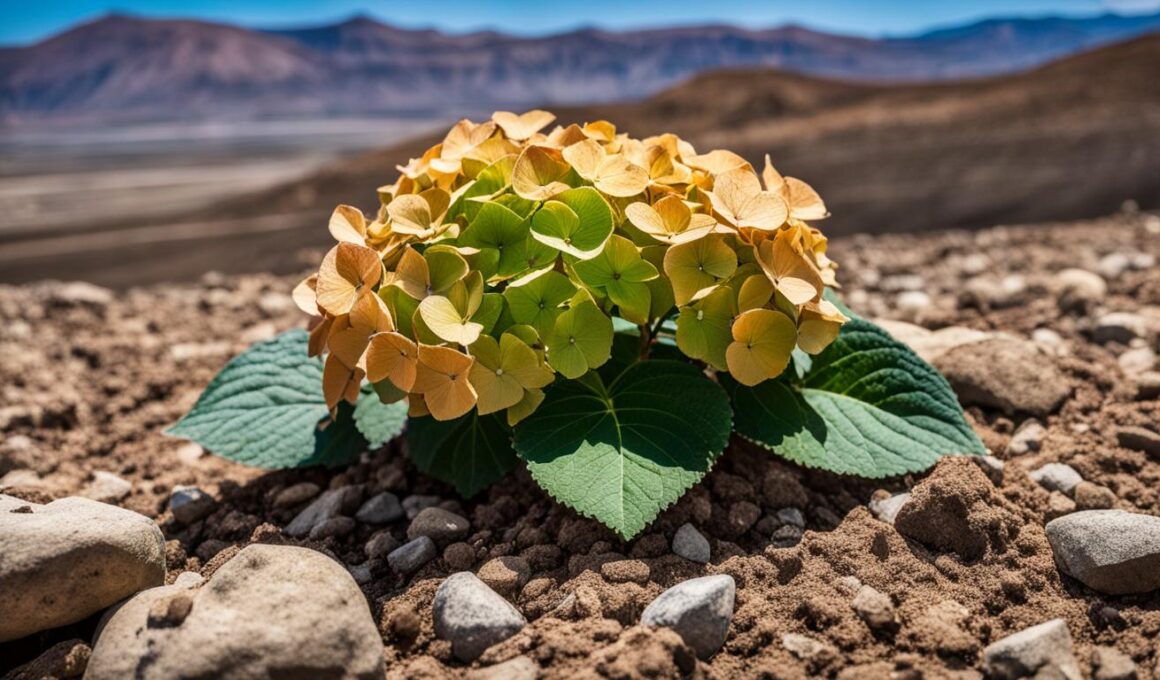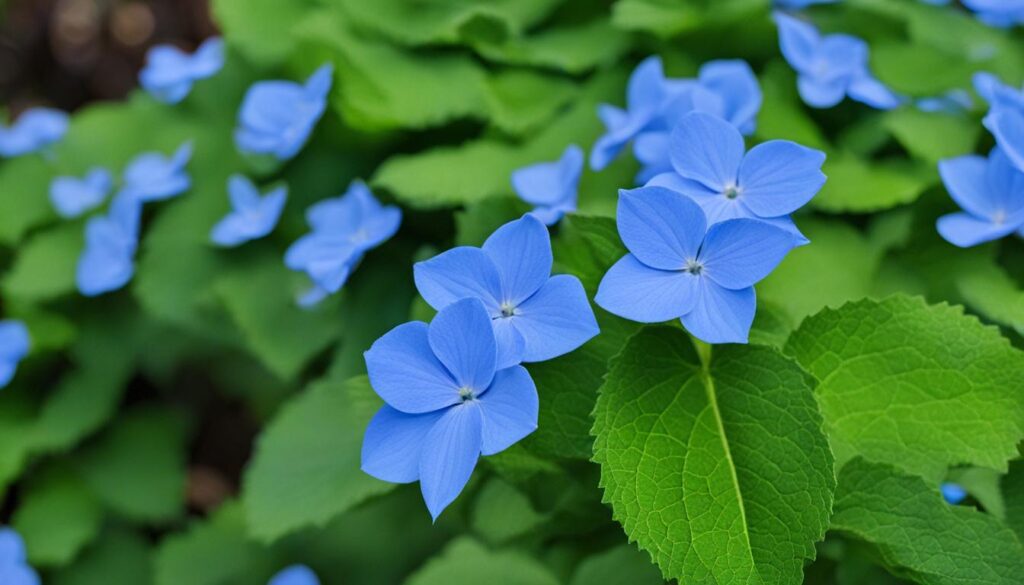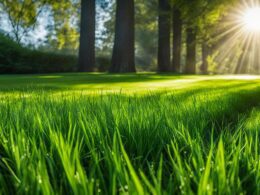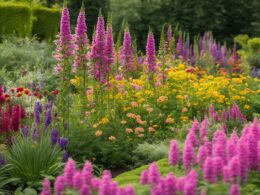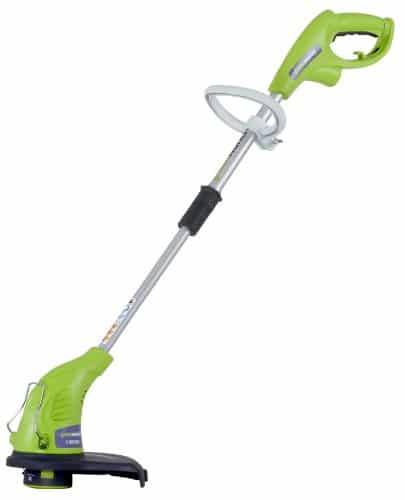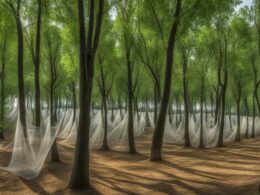Welcome to our comprehensive guide on drought-tolerant hydrangeas for your garden. Hydrangeas are beloved for their stunning blooms and can bring a touch of elegance to any outdoor space. However, with so many varieties to choose from, finding the perfect hydrangea can be a daunting task. That’s why we’ve put together this guide to help you navigate through the options and select the best drought-tolerant hydrangea for your garden.
Heat-Tolerant Hydrangeas for Dry Climates
When it comes to choosing hydrangeas for your garden in dry climates, heat-tolerant varieties are your best bet. These hydrangeas are native to warm climates and have developed the ability to withstand extended periods of drought and heat. They are a perfect choice for gardens in zones 7-9.
Two popular options for heat-tolerant hydrangeas are the bigleaf hydrangeas (Hydrangea macrophylla) in the Let’s Dance series and the smooth hydrangeas (Hydrangea arborescens) in the Incrediball series. These varieties can tolerate high temperatures, making them ideal for gardens in dry climates.
However, it’s important to provide some afternoon shade in extremely warm climates to prevent the hydrangeas from experiencing too much stress. By offering a bit of respite from the scorching sun, you can ensure the continued health and vibrant color of these heat-tolerant hydrangeas.
With their ability to withstand heat and drought, these hydrangeas will add a splash of color to your garden even during the hottest summers. Their beautiful blooms will brighten up your outdoor space and create an oasis-like atmosphere.
To give you a better idea of what these heat-tolerant hydrangeas look like, take a look at the image below:
As you can see from the image, the heat-tolerant hydrangeas are vibrant and eye-catching, making them a great addition to any garden in a dry climate.
Hydrangeas for Shaded Areas
Hydrangeas are a great choice for adding color and beauty to shaded areas in your garden.
Varieties such as oakleaf hydrangea (Hydrangea quercifolia), bigleaf hydrangea (Hydrangea macrophylla), and climbing hydrangea (Hydrangea petiolaris) prefer partial or dappled sunlight. They can tolerate full shade, but do best with a few daylight hours each day.
Hydrangeas for shaded areas thrive in cool and moist soils, making shaded areas an ideal environment for them to bloom for an extended period.
Cold Hardy Hydrangeas for Chilly Climates
Don’t let cold climates deter you from growing hydrangeas. Cold-hardy varieties like smooth hydrangea (Hydrangea arborescens) and panicle hydrangea (Hydrangea paniculata) can withstand temperatures as low as -30°F. These hydrangeas require ample sunlight and well-draining soil to thrive. Regular watering is crucial, especially during drought or extreme heat. With proper care, they can add classic beauty to your garden, even in zone 3.
Compact Hydrangeas for Small Spaces
If you have limited space in your garden, compact hydrangeas are an excellent choice. These varieties naturally grow to be 3ft or under, making them perfect for small gardens or containers.
Some popular compact hydrangeas include the Little Quick Fire panicle hydrangea (Hydrangea paniculata), which produces white flowers that turn pink, and the Rose Sensation false hydrangea vine (Schizophragma hydrangeoides) with marbled pink flowers.
Ensure they have well-draining soil, regular watering, and occasional pruning to promote new growth.
Colorful Hydrangeas for Vibrant Gardens
Hydrangeas are renowned for their vibrant and eye-catching colors, making them the perfect choice for adding a burst of beauty to any garden. With a wide range of hues, including shades of green, pink, purple, blue, and white, colorful hydrangeas can transform your outdoor space into a visual delight.
One popular variety, the bigleaf hydrangea (Hydrangea macrophylla), features large, show-stopping blooms that come in a stunning array of pink, blue, and purple shades. Interestingly, the flower color of these hydrangeas is determined by the pH level of the soil they are planted in. Acidic soil produces blue flowers, while alkaline soil yields pink flowers. This unique characteristic allows you to manipulate the color of your hydrangeas to suit your preferences.
The panicle hydrangea (Hydrangea paniculata) offers another colorful option for your garden. This variety forms cone-shaped clusters of flowers in various hues such as white, pink, or greenish-white. These striking blooms add elegance and a touch of sophistication to any landscape.
If you’re looking to add texture to your patios or shaded areas, consider the climbing hydrangea (Hydrangea petiolaris). This versatile vine not only adds visual interest with its lush green foliage but also produces clusters of delicate flowers. Its trailing vines create a picturesque backdrop that complements other plants, creating a dynamic and vibrant garden space.
ng with different colors and varieties of hydrangeas, you can create a vibrant garden landscape that is sure to impress. Whether you choose the bold and dramatic bigleaf hydrangea, the elegant panicle hydrangea, or the versatile climbing hydrangea, colorful hydrangeas are a fantastic addition to any garden, infusing it with their radiant hues and lively energy.
Can the Hydrangea Guide Help with Growing Grass in Shaded Areas?
Yes, the Hydrangea Guide can offer valuable tips for growing lush grass in shade. Hydrangeas thrive in shaded areas and have similar soil and water needs as grass. The guide can advise on soil preparation, fertilizer, and maintenance to support healthy grass growth in shaded spots.
Conclusion
Hydrangeas are a versatile and low-maintenance choice for gardeners, making them a wonderful addition to any garden. Whether you live in a dry climate, shaded area, chilly climate, or have limited space, there is a hydrangea variety that will thrive in your garden. Consider the specific needs of each variety, such as sunlight exposure, soil type, and watering requirements, to ensure successful cultivation.
With their stunning blooms and ease of care, hydrangeas offer vibrant colors and elegant beauty to your outdoor space. From heat-tolerant varieties for dry climates, to hydrangeas that thrive in shaded areas, there is a hydrangea for every garden environment. Even cold climates are not a barrier, as there are cold-hardy hydrangeas that can withstand freezing temperatures.
Creating a vibrant and captivating garden landscape is made easier with the wide range of hydrangea colors available. Whether you prefer pink, blue, purple, white, or green, there is a hydrangea variety that will suit your design aesthetic. Experimenting with different colors and varieties allows you to express your creativity and add a touch of charm and elegance to your outdoor space.
So, why wait? Start adding the beauty of hydrangeas to your garden today. Take into account the specific requirements of each variety and watch as these stunning blooms transform your garden into a picturesque and inviting oasis.





